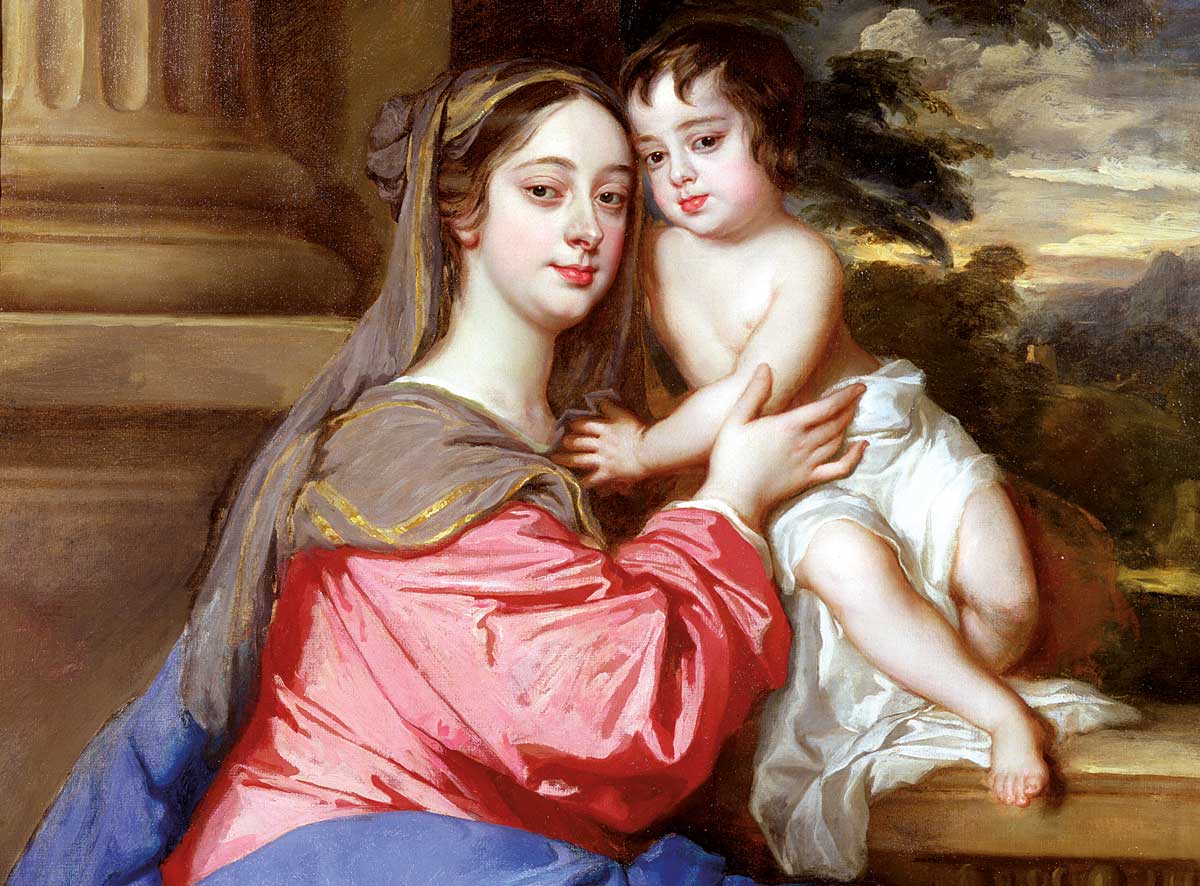Leading Ladies | History Today - 1 minute read

As Charles II sailed to Britain in May 1660 to reclaim his throne, his mind began to linger on the future of his court and rulership. Although his banishment had humiliated and impoverished the Stuart monarchy, Charles had feasted upon European culture throughout his ten-year exile on the Continent and he was eager to bring this fresh appetite to his kingdom. He imagined ballets, paintings, gardens, palaces – all in the latest European styles. It was not only Charles who had been marked by this European immersion during his exile, but also those of his Royalist supporters who had spent the last decade attending his exiled court in France and the Spanish Netherlands, speaking French, visiting the royal courts for concerts and conversing with European courtiers about the most recent literary and artistic marvels. Boarding their ships back to England in 1660, the Royalist exiles were returning with European languages, manners and culture in tow. Yet, of all the European imports that Charles and his Royalist entourage ferried back to their homeland, it was the courtly position of the maîtresse-en-titre that would prove most significant.
Source: History Today Feed